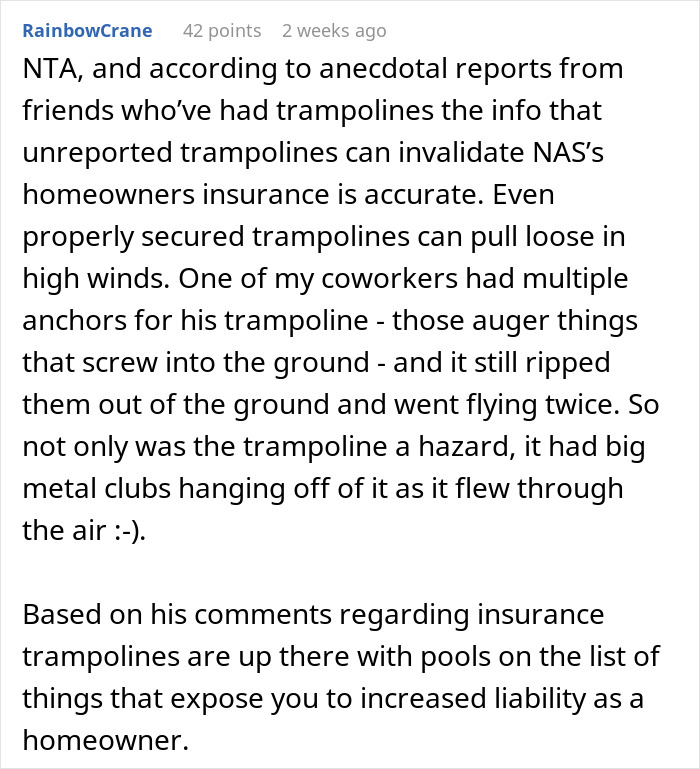Before a storm, it’s important to protect yourself and your belongings, as it can pose significant safety risks to people and cause damage to homes and properties. The usual recommendations are to stay updated on weather forecasts, stay indoors if possible, and secure items that could be blown away or wrecked by the wind.
However, this man failed to do the latter, and his trampoline flew over to a neighbor’s property, costing thousands of dollars in damages. He tried to avoid paying the compensation he owed but couldn’t, as the nearby resident was a lawyer and knew exactly what to do in such a situation.
It’s important to protect yourself and your belongings during a storm

Image credits: unsplash (not the actual photo)
This man failed to do so, which cost him thousands of dollars
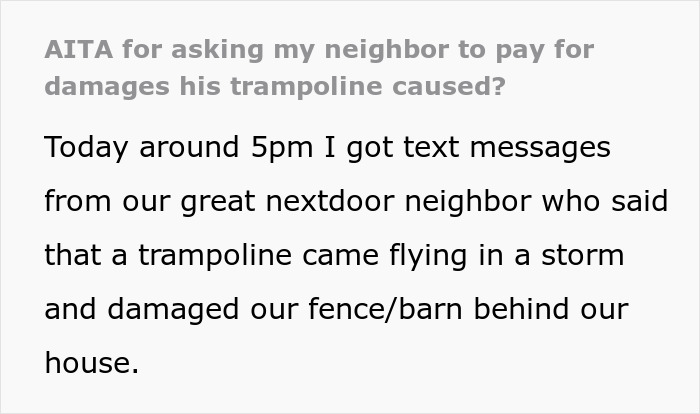

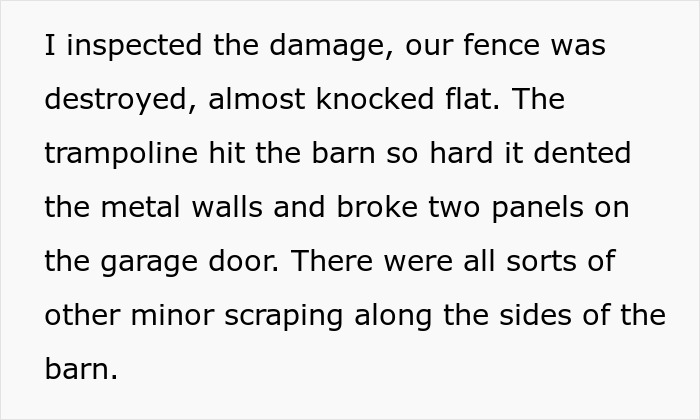
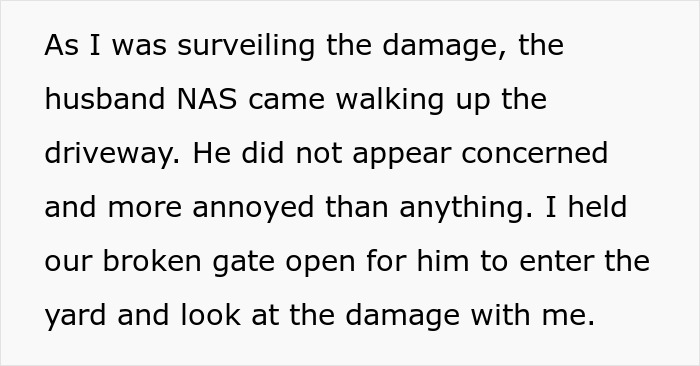
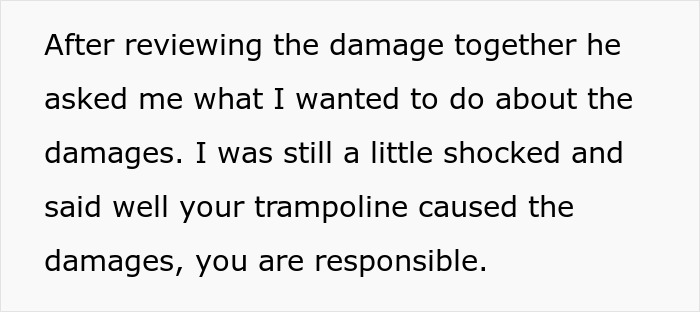
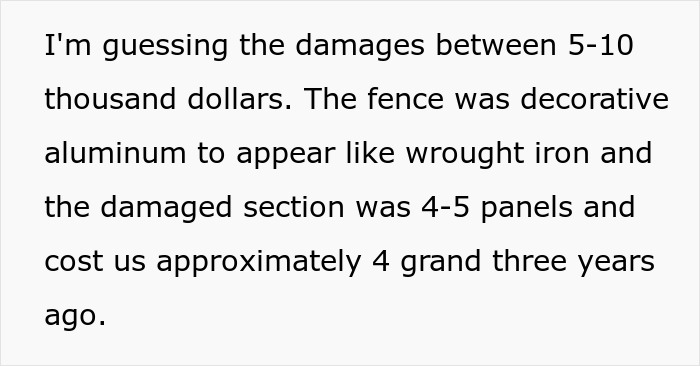
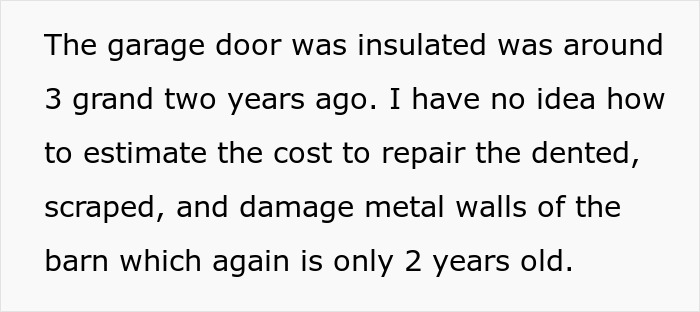


Image credits: pexels (not the actual photo)
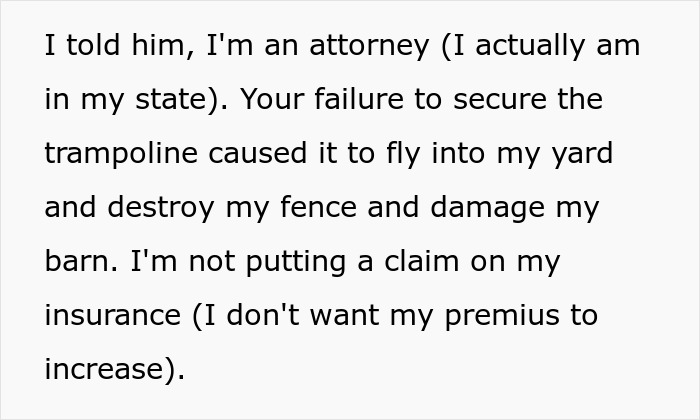
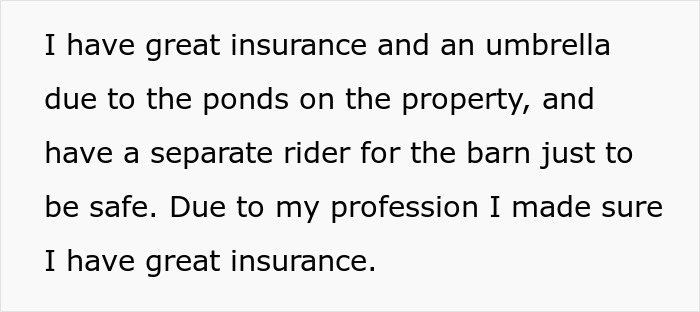





Image credits: Evillawyer2010
The original poster even shared video footage of the flying trampoline:
“Some trampolines can be very dangerous and even some smaller trampolines you see in people’s backyards can be 100-plus kilos”
All belongings should be secured or put somewhere safe during a storm, especially trampolines, as they have a large surface area, which makes them highly susceptible to flying away in high winds. When their owners fail to do this, they can end up entangled in power lines, train tracks, and neighbors’ yards, creating dangerous situations.
“Some trampolines can be very dangerous and even some smaller trampolines you see in people’s backyards can be 100-plus kilos,” said State Emergency Service (SES) southern zone commander Ben Pickup. “They literally become an airborne missile which can cause damage to your property, to your neighbours and, if it goes into people or powerlines, it has the potential to cause a lot of injuries.”
However, all of this can be easily prevented. It’s best to have it always secured, as storms may come at random times, or there might not be enough time for you to take the necessary precautions before severe weather.
Ideally, it would be safest to move the trampoline to a sheltered area or disassemble it to prolong its lifespan. In case that’s not possible, the next best thing would be to at least remove safety netting and poles, as they can act like sails and increase the chances of it flying away. Or move it to a location where it’s less exposed to the wind. If that’s also not possible, the trampoline should be tied down to the ground as firmly as possible.
For this purpose, there are tether kits that help to secure it to the ground. Usually, they include metal stakes and straps that provide enough stability for the trampoline to not fly away. Another option is to place two 20-kg sandbags over each U-shaped leg of the trampoline. Unfortunately, they can move easily in rough, windy conditions, which means that they aren’t foolproof.
People who live in areas where severe weather is a frequent occurrence might even think about other types of trampolines that are less susceptible to flying away. Like, for example, inground ones, as when installed properly, it’s not going anywhere. The second best option is a Springfree trampoline, which eliminates metal springs, flimsy nets, or safety pads and has a sturdier metal frame that is more likely to withstand severe weather.
“Make sure you’ve got a good policy in place”
Unfortunately, there’s no way to protect yourself from other people’s trampolines damaging your property. However, Sarah Orr, a spokesperson for insurance platform Compare the Market, said that damage caused by flying trampolines can often be claimed under storm coverage.
“No one expects a trampoline to fly into their yard, but obviously we’ve seen as a possibility it can happen, so make sure you’ve got a good policy in place,” Orr said. It depends on the insurance company and the location you’re in, so make sure to do thorough research if you live in severe weather zones and are looking into this type of insurance.
“If you have some cover for storm damage, you should be able to make a claim for something like a trampoline damaging your property,” she continued explaining. “Take plenty of pictures to provide as evidence to your insurer and try to make that claim as quickly as possible.
The compensation liability might not always fall on the owner of the trampoline. If they had anchored their trampoline and the storm was stronger, they might not be held liable, and vice versa. It all depends on the situation.
The original poster provided more information in the comments



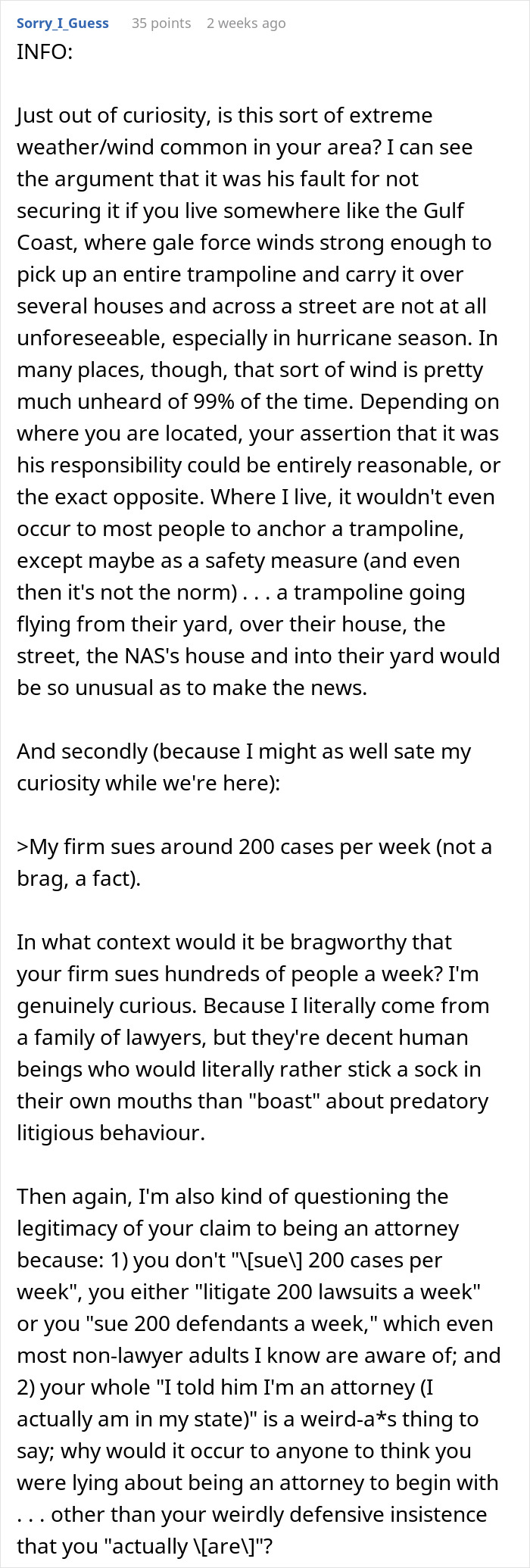
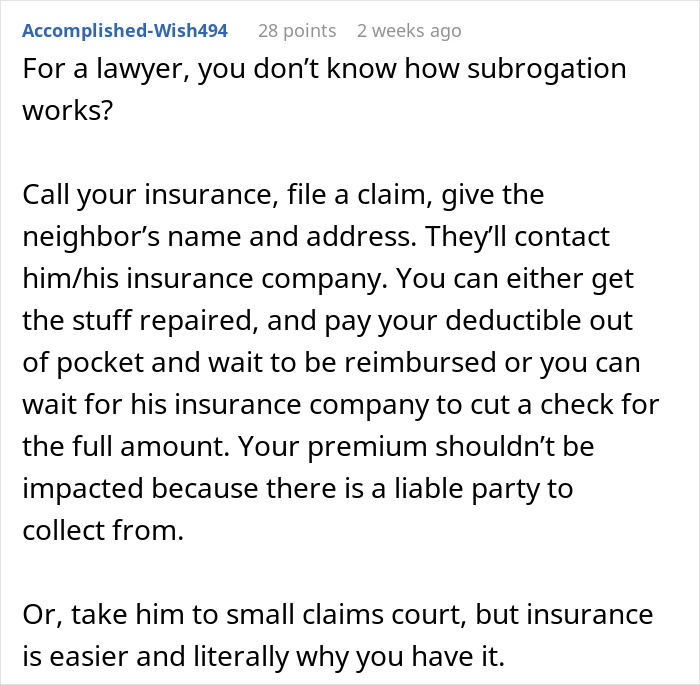
Readers agreed with the original poster
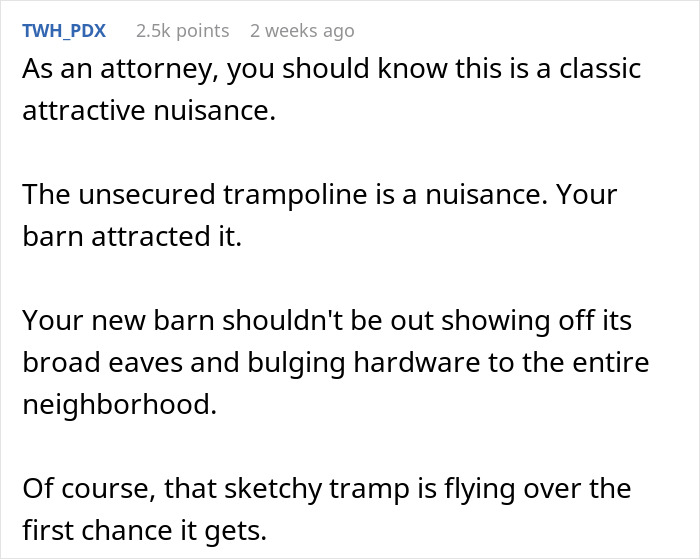
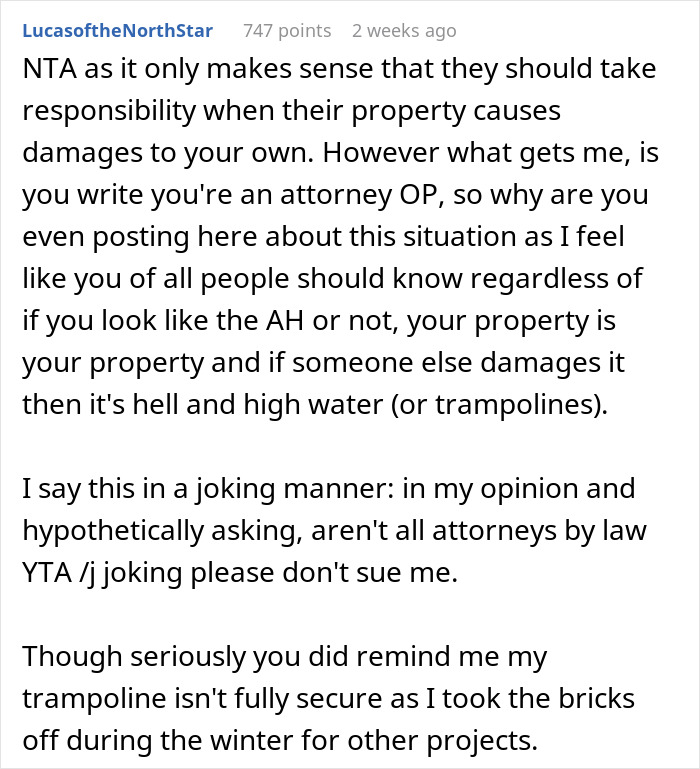






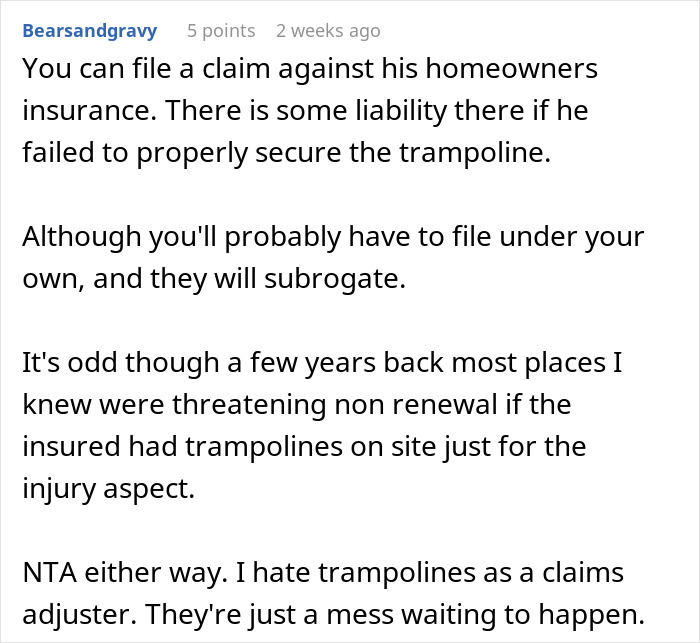
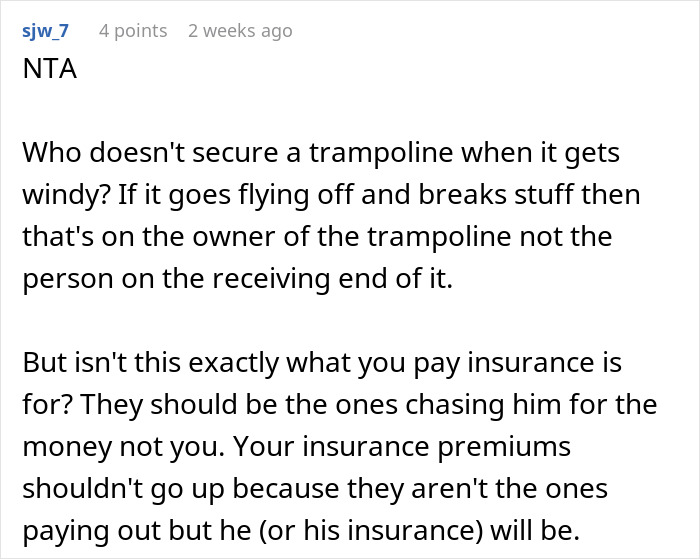
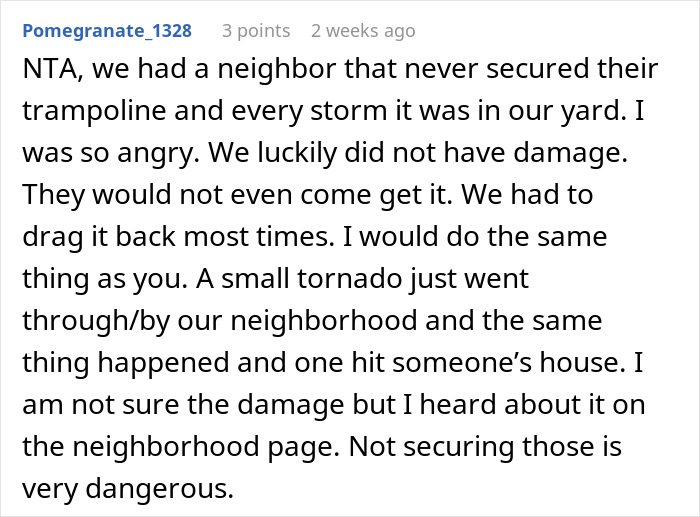
And even shared similar stories


